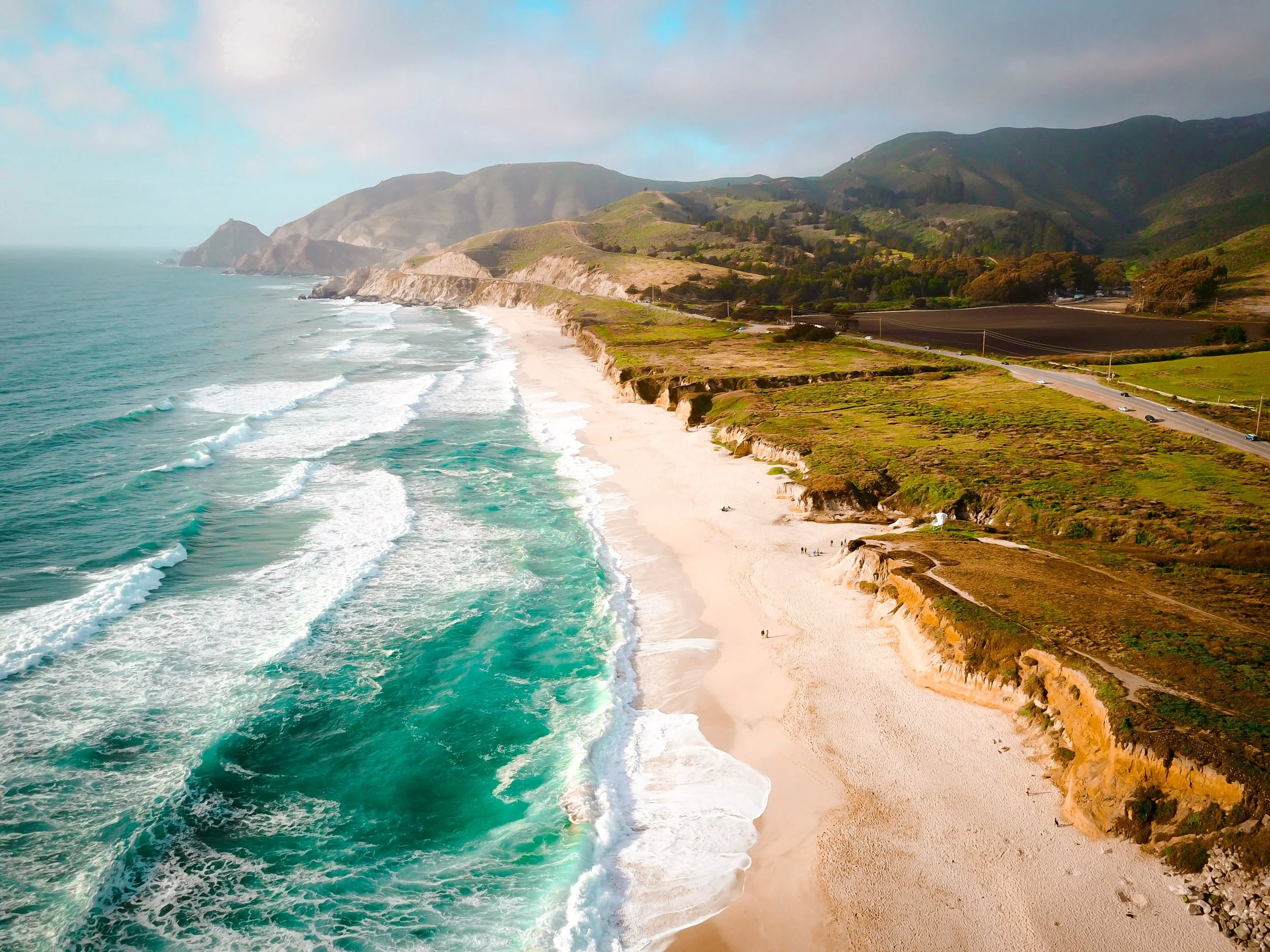Understanding the California Industrial General Permit for New Industrial Facilities
/The California Industrial General Permit (IGP) is no stranger for industrial facilities. However, if you are an industrial facility looking for IGP coverage for the first time, navigating the 485 pages of the currently amended IGP may seem like a daunting task for new permittees.
Does my facility need IGP coverage?
The first step is to determine if you need IGP coverage by referring to Attachment A from the IGP. Once you have confirmed that the industrial activities your facility performs do require permit coverage, the next step is to better understand what the IGP is. The IGP exists primarily to protect major U.S. waterbodies like the LA River from industrial pollutants such as solids and oils.
Now that we know the goal, how do industrial facilities stay compliant with the IGP? The best way to understand the IGP is to recognize that stormwater compliance is a tripod supported by three legs: the Storm Water Pollution Prevention Plan, Monitoring Implementation Plan, and Reporting.
3 Key Elements of Stormwater Compliance
Storm Water Pollution Prevention Plan (SWPPP)
The first leg of the tripod is the Storm Water Pollution Prevention Plan mandated by the IGP. The SWPPP is a comprehensive document that states what your industrial facility is doing on-site to ensure stormwater compliance with the IGP. This includes the Site Maps that show where your discharge locations, sampling locations, and industrial areas are located. The SWPPP also includes the Best Management Practices (BMPs) your industrial facility is implementing and any site-specific Minimum BMPs and Advanced BMPs as well. This SWPPP is a blueprint that provides the necessary foundation for implementing preventive actions and managing potential pollutants generated by industrial activities.
Monitoring Implementation Plan (MIP)
Your facility can have a SWPPP that states what you are doing on-site to be compliant with the IGP, but without proof, you can’t support this claim. This is where the second leg of the Monitoring Implementation Plan (MIP) comes in. The second leg signifies the monitoring protocols and practices established within the IGP. The Monthly Visual Observations, Sampling Visual Observation Forms, and the data from your stormwater samples are the documentation and evidence that shows you are staying compliant with the IGP.
Reporting
You have a SWPPP that states what your facility is doing to be compliant with IGP and you have documentation that supports that. What do you do with this information? That’s where the third leg of the tripod comes in. This leg represents the reporting obligations listed in the IGP, such as the Annual Report, Level 1 ERA Report, Level 2 ERA Action Plan, Level 2 ERA Technical Report, and Water Based Corrective Action Reports. The documentation you took during the stormwater season is analyzed and summarized in the Annual Report every July. The Annual Report helps guide you in determining what the next steps are for the following reporting year, including additional reporting documents.
At the end of the reporting period, if your documentation from the MIP indicates that you had high averages for Total Suspended Solids, then you know that your SWPPP needs improvement and isn’t supporting your stormwater compliance. You can show to the Waterboard in your Level 1 ERA Report which additional Minimum BMPs you are improving to target and reduce TSS pollutants from your stormwater runoff. The newly implemented Minimum BMPs are updated in your SWPPP which you can hopefully see the evidence in your sample results. The process repeats at the end of the year when you reanalyze your documentation and SWPPP in the Annual Report which guides you to the next steps.
Summary
Industrial facilities must balance each leg of the stormwater compliance tripod because effective implementation of the IGP relies on the combined strength and stability of the SWPPP, MIP, and Reporting. If you don’t want to go on this journey alone and need a partner to help balance stormwater compliance, KERAMIDA can help you achieve that. Contact us or call (800) 508-8034 for a quick response to any stormwater-related questions you may have or to speak with one of our California stormwater professionals regarding your IGP compliance efforts.
Author
Royce J. Rivera, QISP ToR
Senior Project Manager
KERAMIDA Inc.
Contact Royce at rrivera@keramida.com
Related Services
KERAMIDA's Sacramento and L.A. offices provide Sustainability, Environmental, Health and Safety services tailored to meet the needs of California business and industry. Our Qualified Industrial Storm Water Practitioners (QISPs) assist with stormwater compliance, industrial stormwater permitting, SWPPPs, and more.










